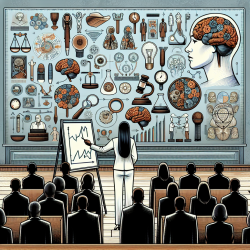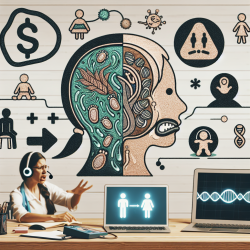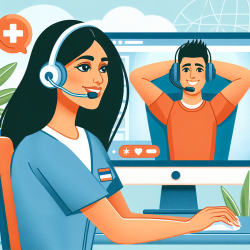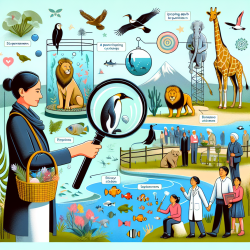Introduction
In the realm of forensic science, the presentation of evidence is crucial, yet often misunderstood by jurors. The research article "Juror comprehension of forensic expert testimony: A literature review and gap analysis" by Eldridge (2019) highlights the challenges and potential solutions in improving juror comprehension. As practitioners in the field of speech-language pathology, understanding these insights can enhance our ability to communicate complex information effectively, particularly in educational settings.
Key Insights from the Research
The article underscores the importance of clear and comprehensible communication in forensic testimony. Several methods of presenting evidence, such as quantitative and verbal scales, have been explored to determine their effectiveness in conveying the strength of evidence. However, jurors often struggle with these presentations, leading to misinterpretations that can affect case outcomes.
Implementing Research Findings in Practice
For practitioners, the following strategies can be derived from the research to improve communication skills:
- Use of Visual Aids: Incorporating visual aids can help clarify complex statistical information, making it more accessible to lay audiences.
- Plain Language: Avoiding jargon and using plain language can significantly enhance comprehension. This is particularly relevant in educational settings where children benefit from clear and simple explanations.
- Contextual Framing: Providing context for numerical data helps in anchoring the information, making it relatable and easier to understand.
- Interactive Learning: Engaging audiences through interactive methods, such as discussions or practical examples, can reinforce understanding and retention of information.
Encouraging Further Research
The research highlights gaps in understanding how different presentation methods impact juror comprehension. Practitioners are encouraged to engage in further research, particularly in exploring how these findings can be adapted for educational purposes. By collaborating with cognitive psychologists, we can develop innovative strategies that enhance learning outcomes for children.
Conclusion
Improving the comprehension of forensic testimony is not just about refining presentation techniques; it's about ensuring that the intended message is accurately received and understood. By applying these insights, practitioners can enhance their communication skills, leading to better educational outcomes for children. To delve deeper into the original research, please follow this link: Juror comprehension of forensic expert testimony: A literature review and gap analysis.










